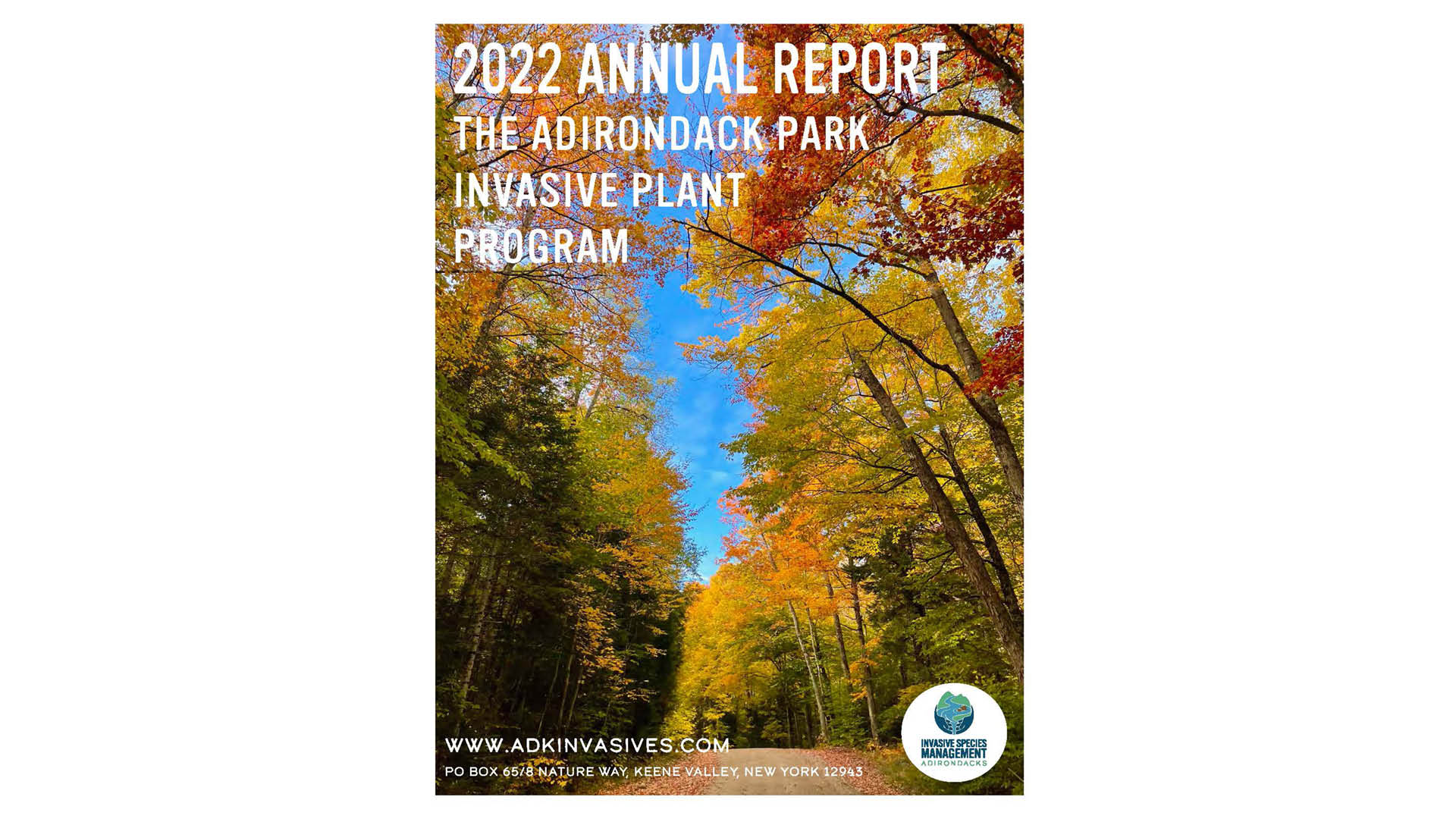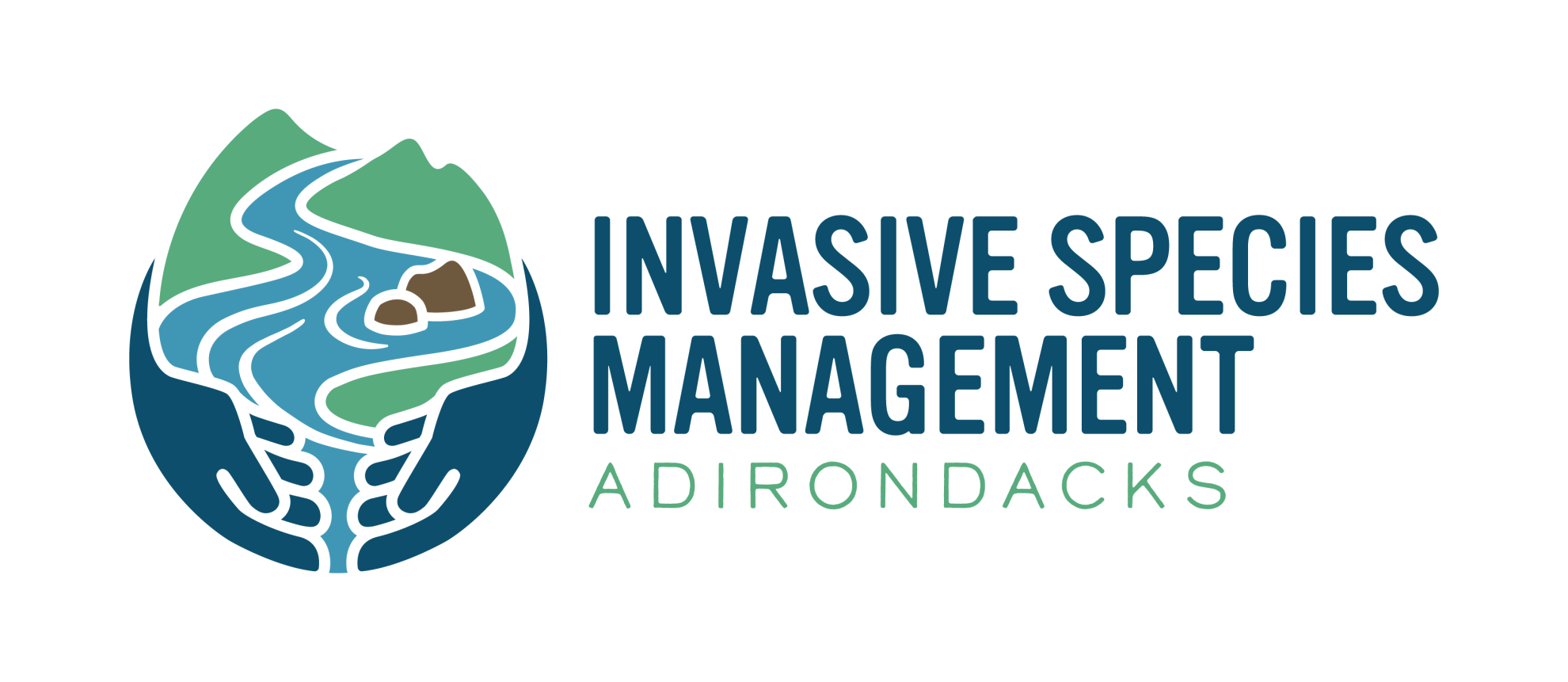Adirondack Park Invasive Plant Program Releases 2022 Annual Report

Adirondack Park Invasive Plant Program Releases 2022 Annual Report
ADIRONDACKS —The Adirondack Park Invasive Plant Program has released its 2022 annual report.
The report celebrates the accomplishments of APIPP staff, volunteers, and partners while also providing updates on the presence of invasive species in the Adirondack region, special initiatives, ongoing research, and more.
The report also underscores that more than 30 organizations and 100 volunteers contributed to advancing APIPP’s mission to work in partnership to minimize the impact of invasive species on the Adirondack region’s communities, lands, and waters.
“This work would not be possible without our volunteers, who contributed over 900 hours of time in 2022,” said APIPP Manager Tammara Van Ryn.
The 2022 annual report highlights include:
76 percent of surveyed Adirondack waterways remain free of invasive species and terrestrial invasive species have been removed from more than 1,500 sites.
Volunteers, partners, contractors, and staff submitted a record number of 181 monitoring reports for 156 lakes.
Staff, partners, volunteers, and contractors surveyed 42 New York State Department of Environmental Conservation campgrounds, over 110 recreational access points such as trailheads and boat launches, sections of over 30 Forest Preserve units, and part or all of over 40 state and county road corridors for invasive species.
APIPP raised awareness about invasive species identification, prevention, and management by partnering with more than two dozen organizations in workshops and events that reached over 1,900 people.
APIPP set out to assess alternatives to glyphosate for the treatment of knotweed, a highly invasive species that is widespread in the Adirondack region. APIPP staff did so by testing the efficacy of three herbicides using two application techniques, foliar spray and stem injection, and piloting the use of wire mesh as a mechanical control. Glyphosate-based herbicides are currently the most common knotweed treatment technique, but they are becoming subject to increasing regulatory restrictions. Plots will be monitored for knotweed reemergence in spring 2023 and treatments and post-treatment monitoring will continue in summer 2023.
Environmental DNA, or eDNA, is a method that filters water to collect plant and/or animal cells and tests the samples for the presence of genetic material of specific species. APIPP and the Saint Lawrence-Eastern Lake Ontario Partnership for Regional Invasive Species Management shared an aquatic invasive species technician who sampled five rivers for the eDNA of nine invasive species, including rusty crayfish, round goby, hydrilla, and Eurasian watermilfoil. This cross-boundary project provided APIPP with more information about the location of these species and the potential threat they pose to the Adirondacks. APIPP also teamed up with the New York State Hemlock Initiative with research that uses eDNA to detect hemlock woolly adelgid. The collected samples were processed by NYSHI and results will be shared soon.
The full Adirondack Park Invasive Plant Program 2022 Annual Report can be accessed here: https://adkinvasives.com/Resources/Resource-Library/APIPP-Annual-Reports
APIPP’s mission is to work in partnership to minimize the impact of invasive species on the Adirondack region’s communities, lands, and waters. Learn more at www.adkinvasives.com.
###
The Adirondack Park Invasive Plant Program (APIPP) serves as the Adirondack Partnership for Regional Invasive Species Management (PRISM), one of eight partnerships across New York. APIPP is hosted by The Adirondack Chapter of The Nature Conservancy and receives financial support from the Environmental Protection Fund administered by New York State Department of Environmental Conservation.

